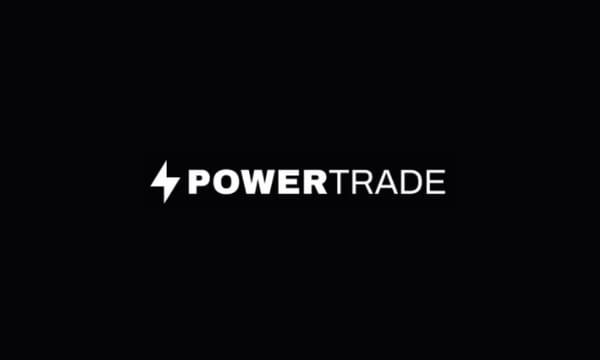Managing Decentralized Finances and Treasuries Within DAOs
Decentralized autonomous organizations (DAOs) are a new form of organizational structure enabled by blockchain technology. DAOs allow for decentralized governance and decision making, with no central authority. As DAOs grow in popularity, managing their finances and treasuries presents unique challenges compared to traditional organizations.
Defining Decentralized Finance (DeFi)
DeFi refers to financial applications and services that operate on public blockchains like Ethereum. DeFi aims to recreate traditional financial systems like lending, derivatives, payments etc in a decentralized way, removing intermediaries. Popular DeFi protocols include MakerDAO, Compound, Uniswap and more.
DAOs need to leverage DeFi tools to manage treasuries and finances in a decentralized manner. DeFi offers transparency, flexibility and interoperability - but also introduces risks around security, complexity and regulation. Understanding DeFi is key for DAOs seeking decentralized financial management.
Governance Models for DAO Treasury Management
DAOs have adopted different governance models for treasury oversight. Some DAOs vest treasury control in a small multi-signature group. Others take a more decentralized approach:
- On-chain governance - Treasury decisions and spending are voted on transparently on-chain. This allows broad community input but can be slow.
- Protocol governance - The DAO treasury is deposited in a protocol that governs asset management e.g. placing assets in a decentralized exchange and earning swap fees.
- Delegated treasury committees - Treasury oversight is delegated to a subset of technical experts who make day-to-day decisions. They remain accountable to the DAO at large.
Choosing an optimal governance model depends on the DAO's priorities - from efficiency to decentralization. Hybrid models are popular.
Managing Treasury Assets
DAOs need clear policies for asset management. Key considerations include:
- Asset allocation - Deciding optimal mixes of stablecoins, crypto assets, NFTs etc. Conservative vs high risk/reward strategies.
- Earning yield - Utilizing lending, liquidity provision, staking pools and other DeFi yield opportunities.
- Rebalancing - Rebalancing assets based on market conditions and strategic needs.
- Risk management - Mitigating risks like market volatility, smart contract bugs, token inflation.
- Custody - Use of multisig wallets, decentralized custodial services, hardware security modules to protect assets.
- Compliance - Understanding evolving regulations for crypto asset management, KYC/AML, taxation etc.
A framework combining decentralized and centralized elements can optimize security, returns and risk management for DAO treasuries.
Financial Reporting Standards
DAOs need clear financial reporting and transparency standards. Challenges include:
- Tracking on-chain, off-chain and cross-chain assets
- Assigning value to volatile crypto assets
- Meeting regulatory requirements
- Providing real-time financial visibility to stakeholders
Many DAOs are turning to services like Protocol Financial for institutional-grade treasury reporting. Standardizing high quality financial reporting will add legitimacy and maturity to the DAO landscape.
"Decentralization brings freedom but also responsibility. DAOs need to embrace that by implementing institutional-grade policies, processes and standards for treasury management - without compromising the ethos of decentralization."
How can DAOs balance efficiency and decentralization in treasury management?
To balance both priorities:
- Use "progressive decentralization" by starting with a smaller treasury group and expand over time
- Leverage delegated "treasury committees" of experts accountable to the DAO
- Enable on-chain voting for key treasury decisions like large expenditures
- Automate routine treasury management activities as much as possible
- Provide high transparency into treasury holdings and activities
What are some DeFi tools DAOs can use for treasury management?
Popular DeFi tools include:
- Aave - Deposit treasury assets as collateral to borrow stablecoins or earn yield
- Uniswap - Trade and provide liquidity for treasury assets
- Set Protocol - Automated asset rebalancing strategies
- Gnosis Safe - Multi-signature and smart contract wallets
- DXDAO - govern pooled assets and earn fees on a decentralized exchange
- Idle - Auto-compounding yield aggregator
- Rari Capital - Yield farming automation for DeFi protocols
DAOs can mix and match DeFi protocols to optimize yields, asset allocation, risk management and convenience for their treasury.
Conclusion
Managing treasuries and finances in a decentralized way is a key challenge as decentralized organizations grow more complex. By combining decentralized principles with institutional-grade policies, standards and processes, DAOs can pioneer a new paradigm for community owned treasuries and financial management. The solutions explored here provide a starting point for this emerging domain.




